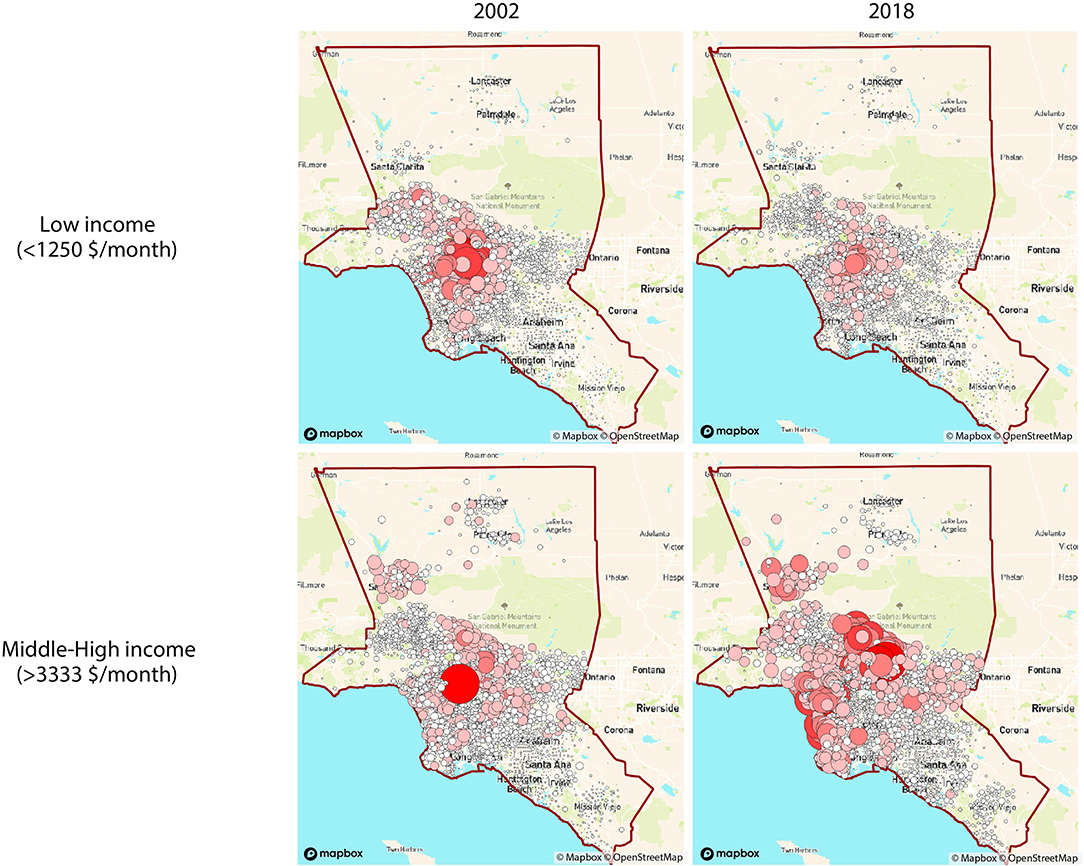Housing Prices and the Skills Composition of Neighborhoods.
Published at
Frontiers in Big Data
2021

Abstract
In the US, low-income workers are being pushed away from city centers where the cost of living is high. The effects of such changes on labor mobility and housing price have been explored in the literature, but few studies have focused on the occupations and specific skills that identify the most susceptible workers. For example, it has become increasingly difficult to fill service sector jobs in the San Francisco Bay Area because appropriately skilled workers cannot afford the growing cost of living within commuting distance. With this example in mind, how does a neighborhood's skill composition change as a result of higher housing prices? Are there certain skill sets that are being pushed to the geographical periphery of a city despite their essentialness to the city’s economy? Our study focuses on the impact of housing prices with a granular view of skills compositions to answer the following question: has the density of a cognitive skill workers been increasing in a gentrified area? We hypothesize that, over time, low-skilled workers are pushed away from downtown or areas where high-skill establishments thrive. Our preliminary results show that high-level cognitive skills are getting closer to the city center indicating adaptation to the increase of median housing prices as opposed to low-level physical skills that got further away. We examined tracts that the literature indicates as gentrified areas and found a pattern in which there is a temporal increase in median housing prices and the number of business establishments coupled with an increase in the percentage of cognitive skilled workers.